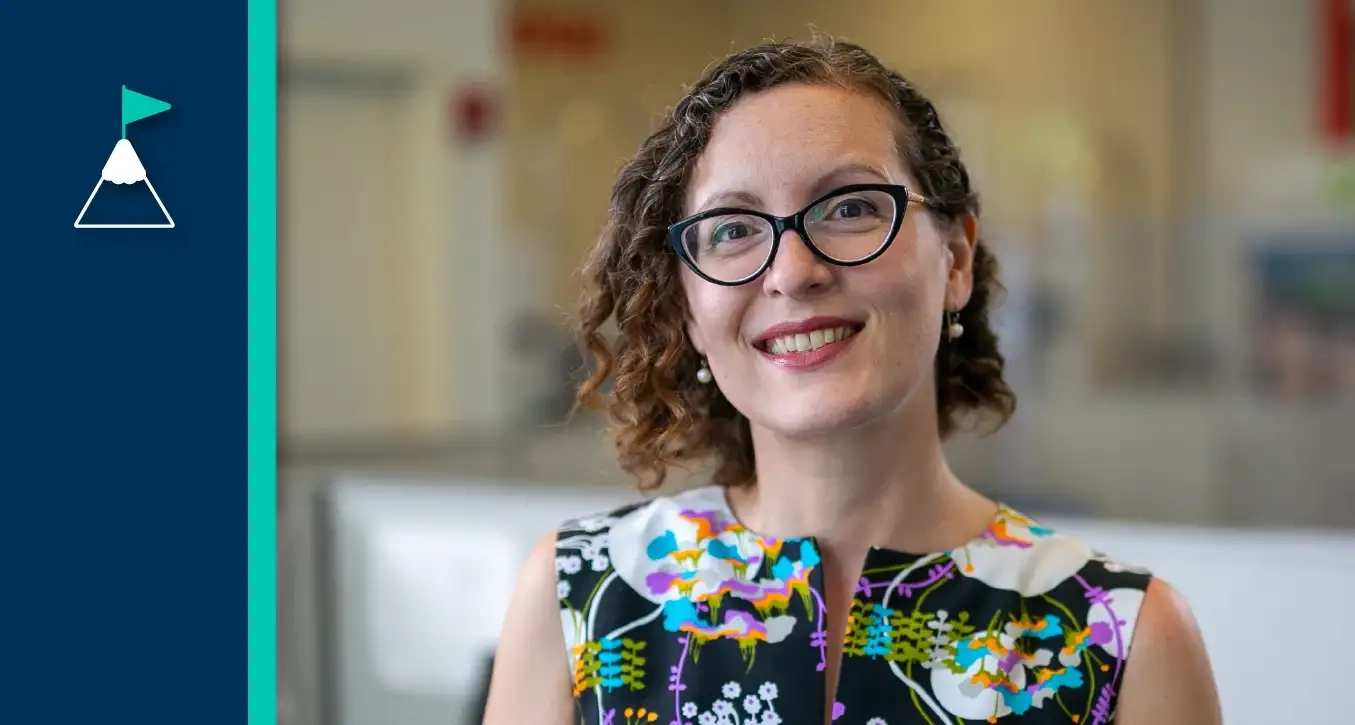As millions of holiday shoppers buy gifts for family and friends in the coming weeks, TrustPlus Personal Finance Coach Elise Nussbaum shares the expert advice she offers clients about Buy Now, Pay Later: avoid it, if you can.

TrustPlus Personal Finance Coach Elise Nussbaum
The alternative finance option has exploded onto the scene in recent years according to the Consumer Financial Protection Bureau: “From 2019 to 2021, the number of BNPL loans originated in the U.S. by the five lenders surveyed grew by 970 percent, from 16.8 to 180 million, while the dollar volume of those originations (commonly referred to as Gross Merchandise Volume, or GMV) grew by 1,092 percent, from $2 billion to $24.2 billion.”
What is Buy Now, Pay Later?
The basic idea: you’re buying plane tickets that cost $500. Well, you could pay $500 now or you could pay $100 a month over the next five months. Wouldn’t that be so much easier? And it is — it’s super easy. It makes it super easy to buy things that might not otherwise fit into your budget. These are interest-free payments, as opposed to a credit card, so BNPL can be a really helpful tool for something like, say, a washer and dryer, where it’s a big purchase — but, if you have six months of interest-free payments, it’s much more digestible.
So, Then, What’s the Problem with BNPL?
The problem comes in with just how easy it makes it to buy things. I saw a bathing suit that was $60 today or $15 a month for the next four months. It just makes it so effortless and so seamless to click that button and buy something. I gave the example of a washing machine, which is a necessary purchase, but over 40 percent of BNPL purchases are articles of clothing: typically discretionary items at smaller price points that can really start to pile on.
The most pernicious impact of BNPL is that your debt can add up so quickly and so silently and so unknowably that all of a sudden you’re in it for a couple hundred bucks a month. And it’s another one of those things where it’s like, wait, what am I even paying off? My clients have said, “Oh yeah, BNPL is great. Somehow I bought a lot of things and I’m still paying… it’s ‘later.’” When this happens, it means BNPL is impacting your ability to achieve other financial goals because you can’t move on to the next thing. You’re still paying off your previous BNPL purchases.
Another impact is that when my clients use BNPL they are not building credit. When you are making payments to a credit card, you’re building your credit, it’s reporting to the credit bureaus and they’re saying, “Hey, look, she pays her bills on time, she pays us on time,” but BNPL companies do not report to the credit bureaus. So there’s no upside on that front. I work with my clients to make sure they understand all of their financing options
What advice do you give clients about BNPL?
The most important thing is to really understand what the terms of the agreement are. Does this fit into my budget? Together are we really being intentional and mindful about purchases which is the exact opposite of how BNPL companies want you to be when you’re shopping, right?
When I am evaluating any kind of financial product with my clients we look at how it makes money for the company offering it. These BNPL companies get paid a percentage of sales from the retailer, and that is simply because people are willing to spend so much more money when it gets broken up into these smaller monthly chunks. In addition, 10.5 percent of BNPL borrowers were charged at least one late fee in 2021, up from 7.8 percent in 2020 according to the Consumer Financial Protection Bureau.
To avoid being one of them it’s important to really think about the numbers, think about the total cost of what you’re doing, and, if you already have BNPL payments, how these new payments will figure into your budget — essentially, to make a plan before you start shopping, especially around the holidays.





